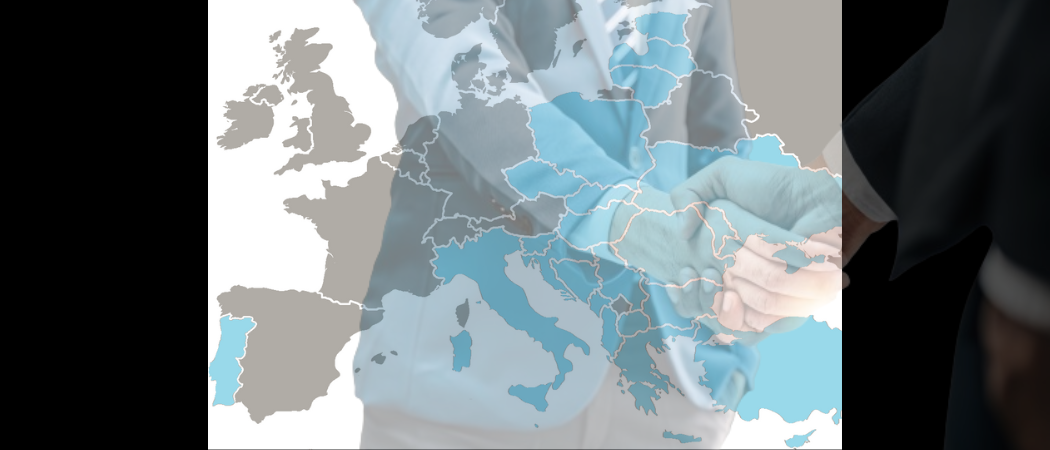The scheme aims to close the innovation gap, but a decade on it needs to evolve, says the European Institute of Innovation and Technology

The European Institute of Innovation and Technology's Regional Innovation Scheme is active in 22 countries and regions and aims to close Europe's innovation gap. Photo: EIT
The Regional Innovation Scheme has had some success in closing Europe’s innovation gap, but ten years after launch, it is time for it to evolve, says the European Institute of Innovation and Technology (EIT).
The scheme started in 2014 to support innovation in the 22 countries and regions ranked as emerging or moderate innovators on the European Innovation Scoreboard. This is mostly done through hubs run by EIT where entrepreneurs and start-ups can access training, funding, business support and information on the EIT’s Knowledge and Innovation Communities (KICs).
A decade on and over 100 hubs have been set up in regional innovation scheme countries and around €300 million in EIT grants has been handed out to companies, start-ups and entrepreneurs.
Discover the latest in research funding every Tuesday with Funding Newswire. Dive into detailed articles with our monthly or yearly subscriptions or start with a free trial
NOTE: if you're a part of one of our Network member organisations, you get free access by signing up with your institutional email. Verify your eligibility here.





 A unique international forum for public research organisations and companies to connect their external engagement with strategic interests around their R&D system.
A unique international forum for public research organisations and companies to connect their external engagement with strategic interests around their R&D system.